
More Helpful Content
A Stock Keeping Unit is a series of numbers and letters assigned by a seller to a product. The characters and digits in an SKU have often shortened qualities that identify one product from the other. Manufacturer, description, model, material, size, color, packing, and warranty conditions are just a few examples.
Employees can read the letters and numbers, or they can be displayed as a barcode to be scanned. SKUs also referred to as SKU numbers and SKU codes, are neither standardized nor universal that are used for internal inventory control. As a result, different vendors will have various SKUs for the same item.
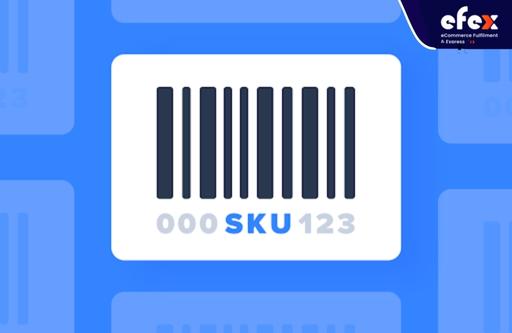
The key purpose of an SKU number is to track inventory. However, they are useful for other purposes as well. Continue reading to discover more about SKU numbers, how to create an SKU number, and some tips to name SKU better.
SKU generators will generate random numbers for you, which you are welcome to use. However, we encourage you to create SKU numbers that are meaningful to you. Here are some suggestions to help you come up with relevant SKU numbers.
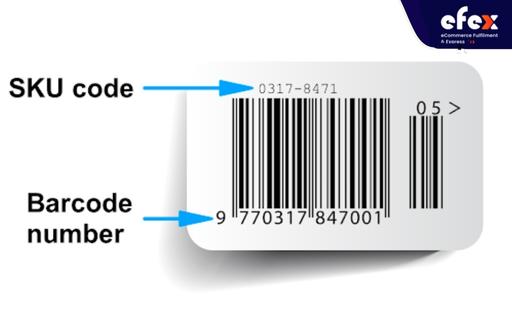
Any SKU number has at least three components: the top-level identification, the middle identification, and the sequential identification number.
The top-level identifier is the broadest category into which a product may be classified. For instance, the category may be coated if a firm offers outerwear. This category is then encoded as a two or three-character alphanumeric string. The middle identification denotes a different, more detailed product feature. This identifier might refer to men's jackets in line with the jacket theme.
This identification can be a number, an item size, a material identifier, or any other short string of letters. The sequential identifier shows the sequence in which items were received and processed. It is important to keep this alphanumeric, beginning with 000 or 0000. This makes it simple to keep counting the number, no matter how many things you have to manage.
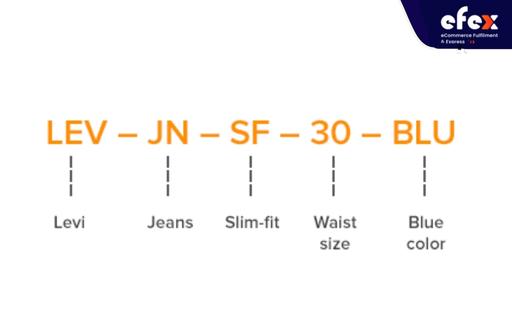
Note that your SKU naming can be as short as long as you need. If you only offer a few dozen goods, your SKUs only needed three identifiers, as seen in this example. If you have hundreds of goods to arrange, adding brands and other product features to your SKU structure will most certainly assist you.
- Read More: Order Management System: Definition, Process And Value
- Read More: Order management system for Ecommerce: Definition, Key Effect, Benefit
Once you understand the fundamentals, let’s move on to explore how to generate your SKU numbers for items. Set down a few of ours if you are merely writing down SKU codes but not applying them. You would need a day or more to create the SKUs, organize the items, and apply labels depending on your warehouse organization.
The first task is to account for all existing items in your warehouse as well as their significance to your organization. If you have not done it for a long time, you can do it with an ABC analysis. It is a way of determining the worth of each thing you sell and how useful it is to your company’s bottom line. It’s preferable to start wide and then focus down.
👉 Read More: ABC Analysis Example, Formula, and How To Calculate
As you might expect, As are very profitable items that sell in large quantities, Bs are middle-value items, and Cs are loss leaders or things that must be moved out. As you acquire product information, keep an eye out for trends that facilitate SKU classification. Varying shoe colors or different plywood lengths are two examples. If necessary, begin your product listings on paper, but ensure that software such as your warehouse management system will be updated afterward.
When creating SKUs for the first time, it is critical to avoid a few newbie mistakes, like adding zeroes at the head of your SKU and utilizing any type of special character. Zeroes should never be used at the head of an SKU since most spreadsheet applications will delete them automatically.
Spreadsheets are meant to deal with fixed strings of data, and zeroes at the beginning will not be interpreted as elements of the string. Special characters should also never be used in spreadsheets since they are not recognized outside of calculations. They also add an additional layer of complexity to your naming rules and are typically replaceable with another number or letter. If you absolutely must use a non-alphanumeric character, use the n dash (hyphen).
The next task is to develop internal coding standards for your goods. This relates to assigning a unique shortened identification that is then utilized for every SKU in your company. Each feature of a product will have its own unique identity. This covers things like brand, gender, weight, size, color, and material. The rationale for such detail is that it allows anybody to swiftly discover individual goods.

For instance, a big object can be shortened as the L letter, whereas a tiny item can be abbreviated as the S letter. You can also use lowercase or uppercase letters as long as they are consistent. SKUs are only confusing when multiple naming standards are used throughout a firm or in separate warehouses.
Maintaining consistency in your naming standards is especially crucial if you sell on an online platform. It is because wholesalers frequently sell in bulk to retailers. Because retailers sell to customers and must be flexible in the face of shifting demand, they depend on reliable wholesaler counts.
When your SKU naming system is finished, you must update the data across all of your internal technologies. Most warehouse inventory management software and top ERP systems allow you to enter this information and customize it later if it is needed.
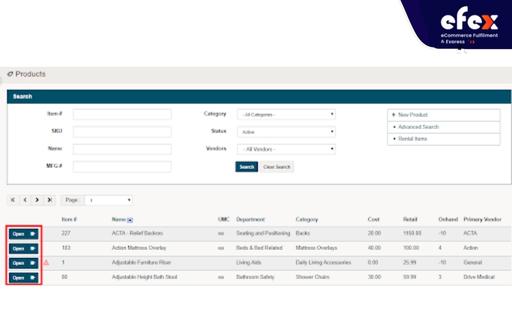
Make time to execute SKU modifications all at once, whether they are brand new or modified. This ensures that all future items, inventory data, and financial reports are accurate. You may continue to utilize recent data, such as sales reports and eCommerce delivery timetables, but you will now be able to evaluate information with greater detail.
Once the SKUs have been uploaded and allocated to goods in your program, they must be replicated in your warehouse. SKU labels take a bit more effort to create it will save a lot of time during inventory checks. Make use of this chance to update any warehouse labels that need to be changed. You wouldn't want old data on any shelf to mislead new warehouse personnel. Labeling all of the items you've documented on computer software can also help you identify if any inventory has been lost or misplaced.
SKUs have the primary benefit of reducing and simplifying everyday work. As a result, SKU training should be prioritized for all personnel, whether seasoned or new. You're in good condition when your whole team understands how to discover, read, manage, and update SKUs. Pickers and packers may bring office personnel up to date on important developments, and vice versa.
Assume you have a pair of Vascara white Versa women’s high heels in size 38 (similar to size 7 in the US measure unit). Here is the SKU number for the shoes.
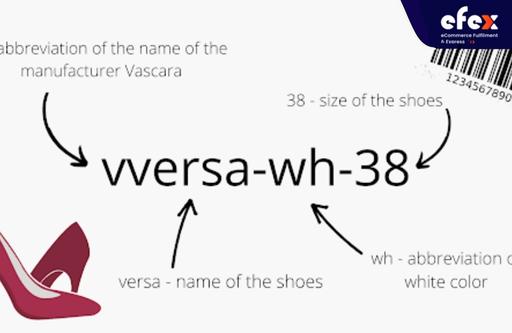
Another more complicated SKU example for a Kid World 3’’ restaurant lego box set for a 2022 Legos.
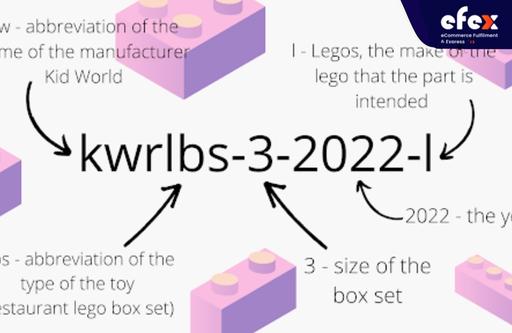
If you can figure out your SKU template now, you will save your time later when naming more SKUs since you will already understand what is included. You will also know exactly the way to read an SKU because the same properties will always be in the same spot.
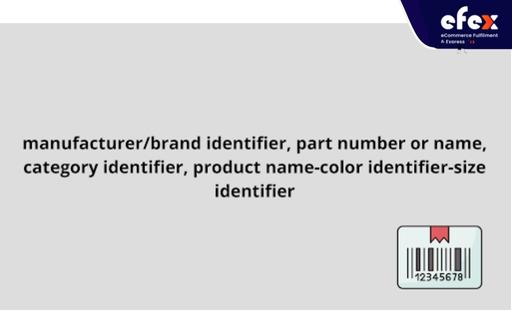
Let’s consult these tips to avoid confusion when you are working with the SKU numbers.
👉 Read More: How To Reduce Bullwhip Effect? 10 Tips To Minimize
An SKU generator combined with a warehouse and inventory management system makes data reading and interpretation considerably easier behind the scenes. They additionally assist to cut overhead expenses and enhance customer satisfaction by lowering the number of human mistakes that inevitably happens while packing and shipping items to clients. You will be able to identify, monitor, and categorize your products more easily once you comprehend how to create an SKU number.
Being an effective company owner is critical to increasing sales and customer satisfaction. Even though creating an SKU number system seems difficult, keep in mind that as your firm expands, your system will become more familiar to you. In the long term, it will make your work a lot simpler. Hope you have a good time with Efex.


